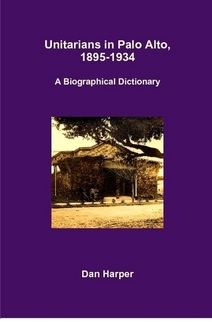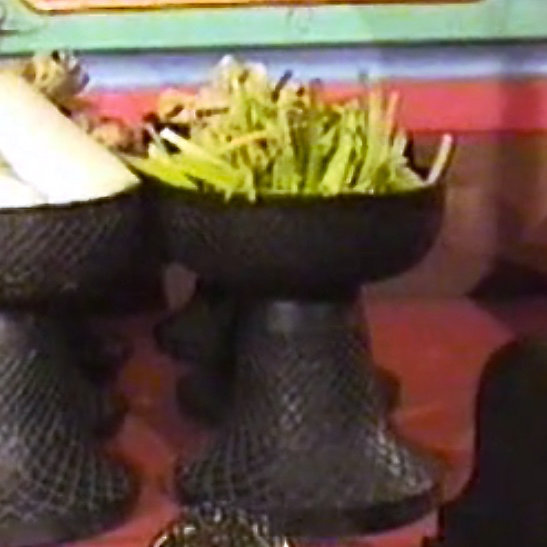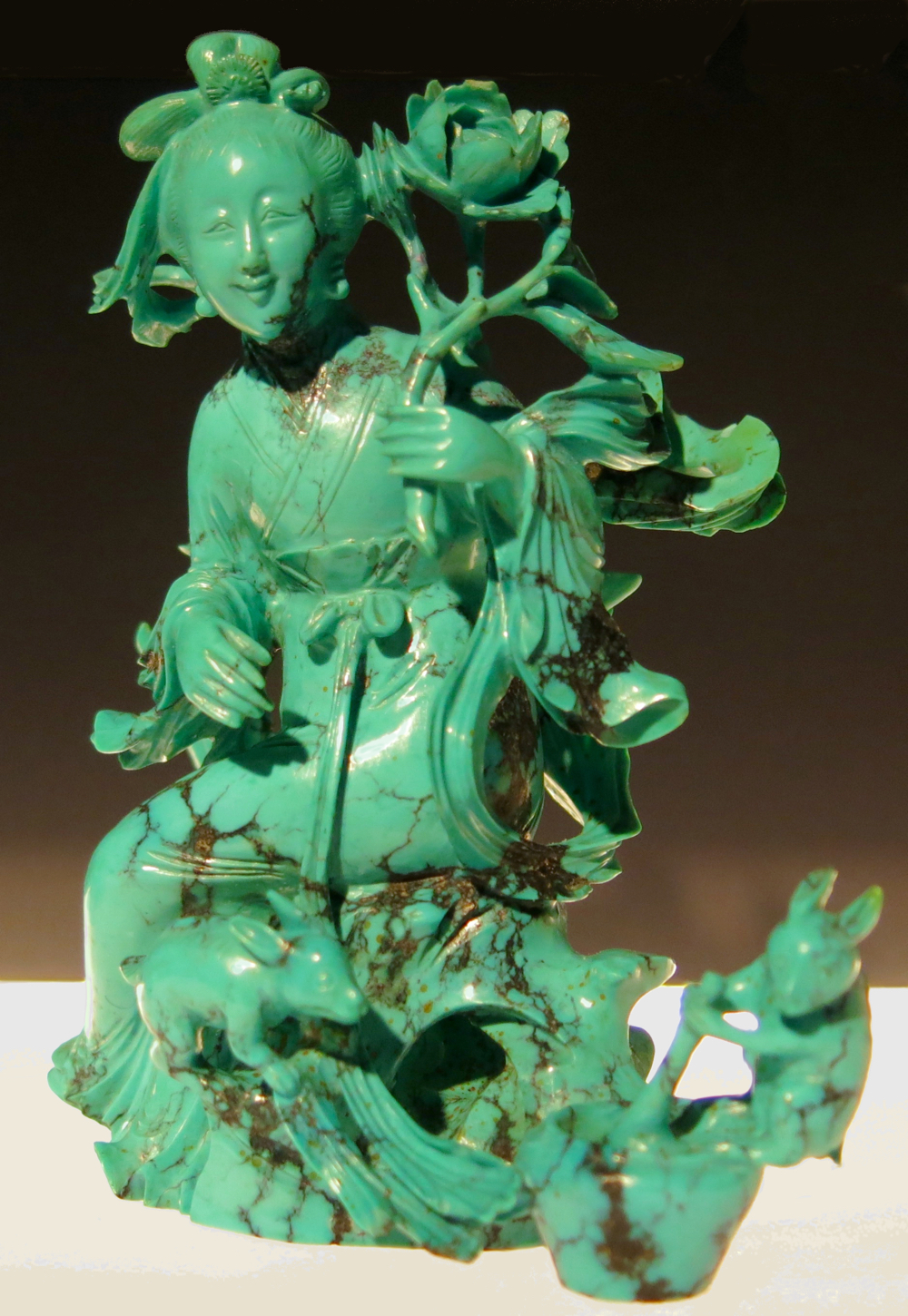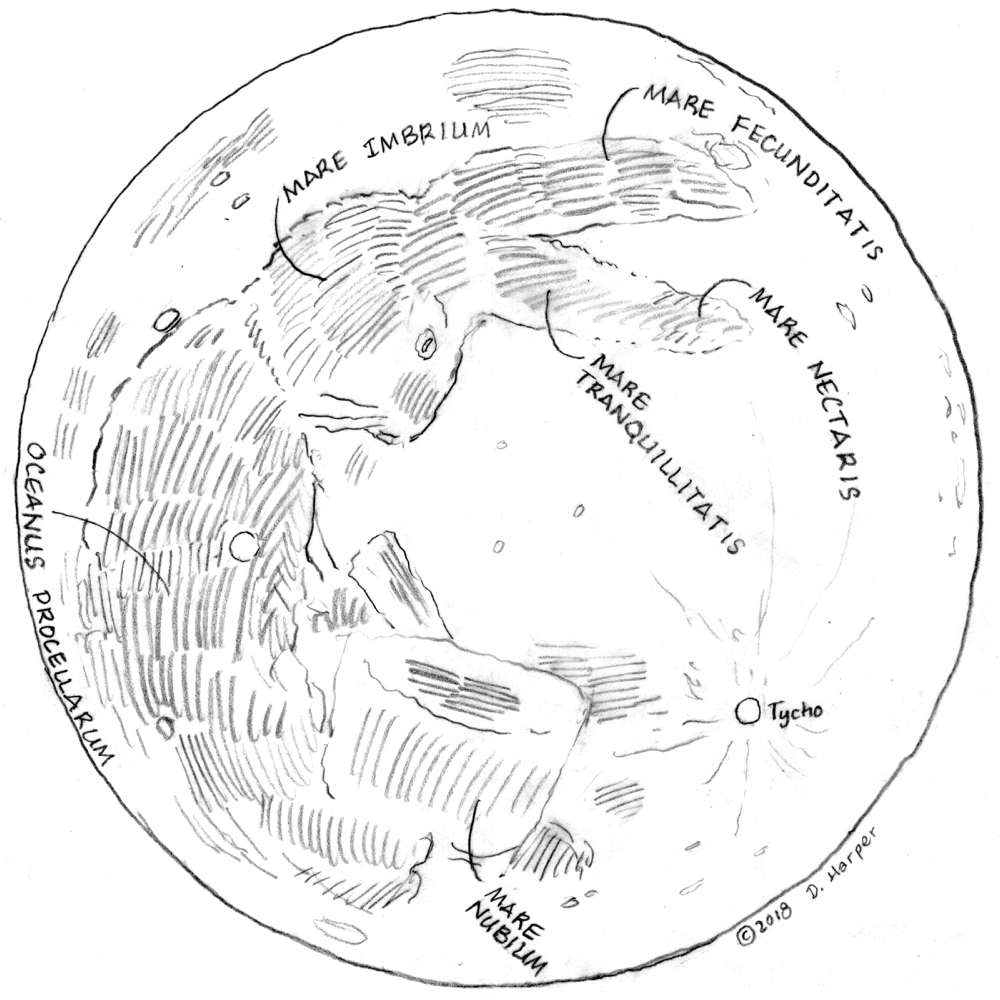Another story for liberal religious kids, which I found as I was cleaning up my files.
One day, four of Buddha’s followers came up to him and asked how they might learn to meditate and rise above earthly things. Buddha explained to the four bhikkus how they might do so, and each of the four went off to learn a different kind of meditation. The first bhikku learned the Six Spheres of Touch. The second bhikku learned the Five Elements of Being. The third bhikku learned the Four Principal Elements. The fourth bhikku learned the Eighteen Constituents of Being. And each one of these four bhikkus learned how to meditate so well that they each achieved Enlightenment and became a holy person.
Now one day all four of these bhikkus came back to tell the Buddha what they had done, and each of them claimed that their way was the best form of mediation. At last one of them said, “Buddha, each of us has achieved Enlightenment, but we each used a different type of meditation. How could this be?”
The Buddha said, “It is like the four brothers who saw the dhak tree,” and he told them this story:
***
Once upon a time Bramadatta, the King of Benares, had four sons.
One day, the four sons sent for a charioteer and said to him, “We want to see a dhak tree [butea frondosa]. Show us one!”
“Very well, I will,” the charioteer replied. “Let me begin by showing the eldest son.”
The charioteer took the eldest to the forest in the chariot. It was springtime, and eldest son saw the dhak tree at the time when the buds had not yet begun to swell, and the tree looked dead.
But the charioteer told them he could not return right away. After two or three weeks had gone by, the charioteer brought the second son to see the dhak tree, but now it was entirely covered with reddish-orange flowers.
Again, the charioteer told them he could not return to the tree right away. After two or three weeks had gone by, the charioteer brought the third son to see the dhak tree, but now the flowers were gone and the tree was covered with leaves.
Again, the charioteer told them he could not return to the tree right away. The fourth son waited and waited until at last he could wait no more. The charioteer brought him to see the dhak tree when it was covered with long brown seed-pods.
When at last all the brothers had seen the dhak tree, they sat down together, and someone asked, “So what is the dhak tree like?”
The first brother answered, “It is like a bunch of dead twigs!”
And the second brother said, “No, it is reddish-orange like a big piece of meat!”
And the third brother said, “No, it has leaves like a banyan tree!”
And the fourth brother said, “No, it looks just like the acacia tree with its long seed pods!”
None of them liked the answers the other gave. So they ran to find their father.
“Father,” they asked, “tell us, what is the dhak tree like?”
“You have all seen the tree,” the king said. “You tell me what it’s like.”
And the four brothers gave the king four different answers.
“You have all seen the tree,” said the king. “But when the charioteer showed you the tree, you didn’t ask him what the tree looked like at other times of the year. This is where your mistake lies.”
And the king recited a poem:
Each one of you has gone to view the tree,
And yet you are in great perplexity.
But you forgot to ask the charioteer
What forms the dhak tree takes throughout the year.
***
Buddha then spoke to the four bhikkus. “These four brothers did not ask themselves what the tree looked like in different times of the year, and so they fell into doubt. So the four of you have fallen into doubt about what is true and right.” Then the Buddha gave another stanza for the king’s poem:
If you know truth, but with deficiency,
You’ll be unsure, like those four and their tree.
Source: Adapted from the Kimsukopama-Jataka, in The Jataka; or, Stories of the Buddha’s Former Births, edited by E. B. Cowell (Cambridge: Cambridge University Press, 1895), book 2, no. 248.




